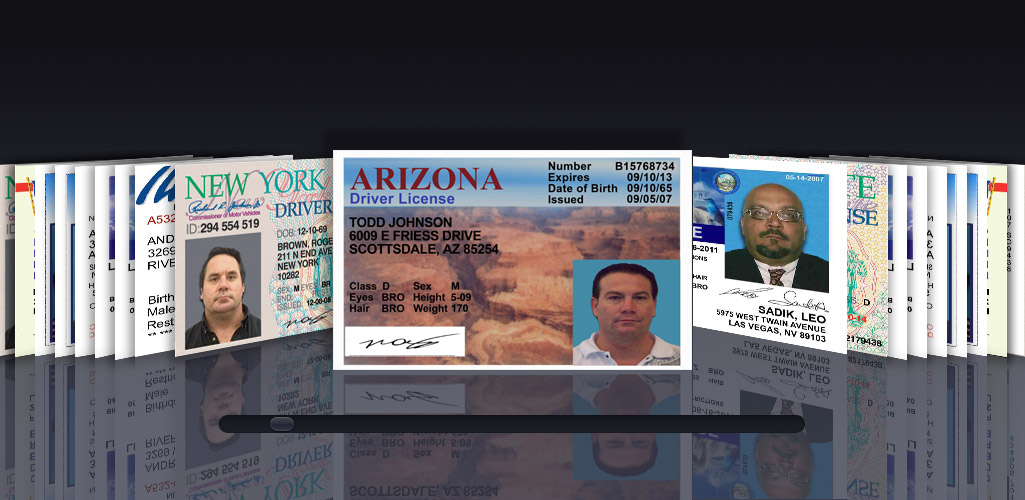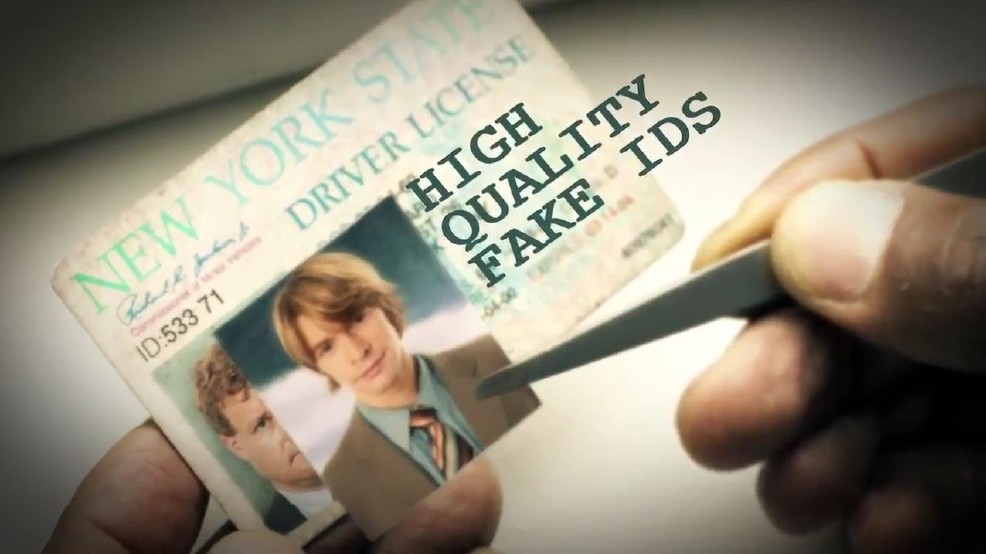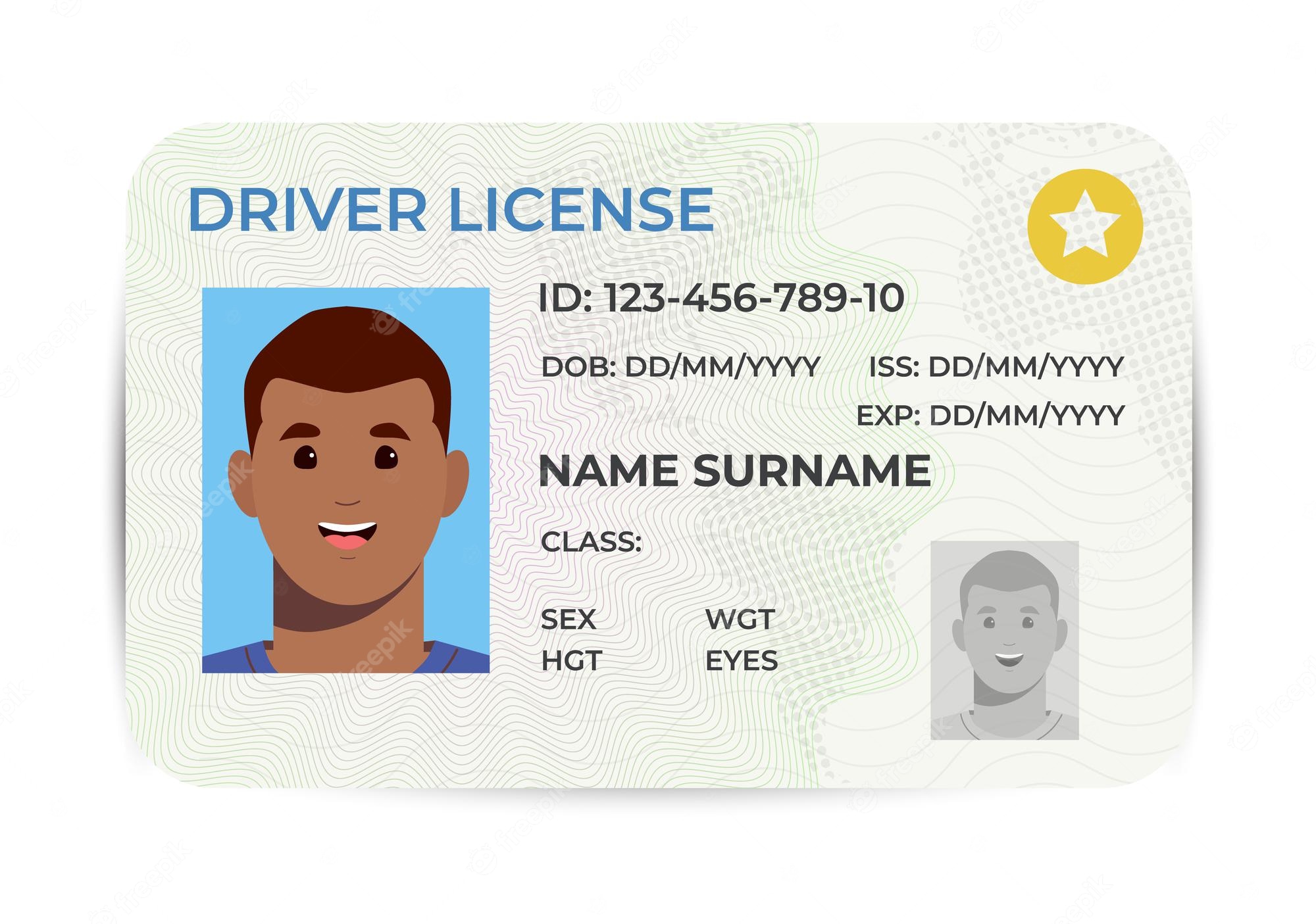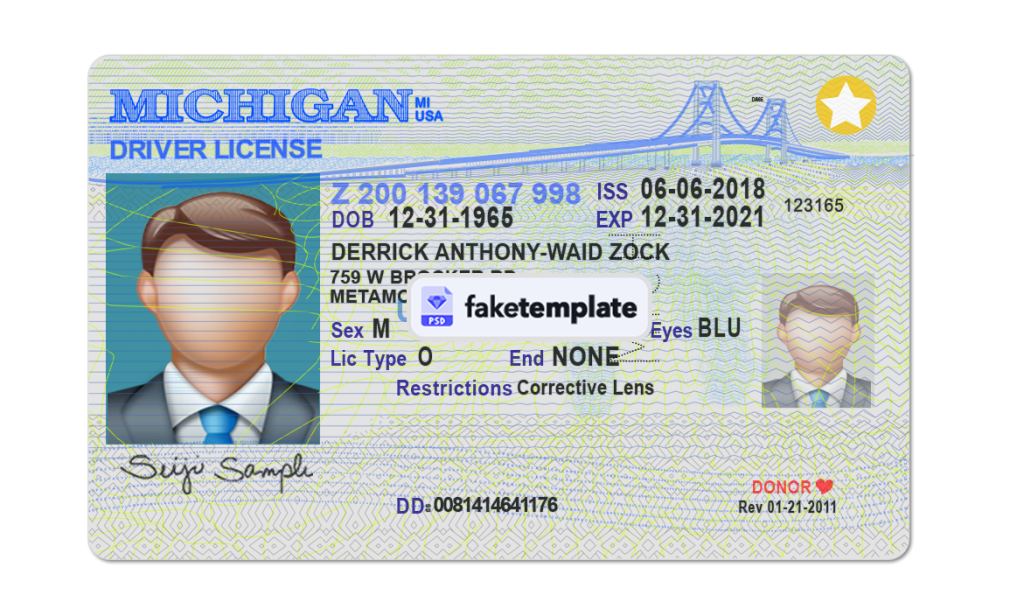The creation and use of fake ID templates pose a significant threat to national security. With the increasing availability of advanced printing technology and online resources, individuals with ill intentions can produce counterfeit identification documents with relative ease.
The Threat of Fake ID Templates
The ease of accessing and distributing fake ID templates online has facilitated the proliferation of counterfeit identification documents. They mimic the design and layout of legitimate IDs, making it difficult for authorities to detect the fakes. Criminals and individuals involved in illicit activities exploit these templates to create counterfeit IDs, which can be used for various purposes, including identity theft, fraud, and illegal immigration.
Identity Theft and Fraudulent Activities
Fake ID templates provide criminals with the means to assume false identities and engage in a wide range of fraudulent activities. By acquiring counterfeit IDs, individuals can open fraudulent bank accounts, obtain credit cards, or conduct financial transactions under false pretenses. This poses a significant challenge for law enforcement agencies as they struggle to track and identify those responsible for such acts.
National Security Implications
The availability and use of fake ID templates also have serious implications for national security. Terrorist organizations and other threat actors may exploit them to create false identities, enabling them to bypass security measures and gain access to restricted areas. For instance, terrorists may use counterfeit IDs to board flights or access sensitive government buildings, posing a significant risk to public safety.
Illegal Immigration and Border Control
Fake ID templates contribute to the challenge of illegal immigration and undermine border control efforts. Individuals seeking to enter a country unlawfully can use counterfeit identification documents to deceive immigration authorities.
The use of fake IDs complicates the identification process and hampers the ability of law enforcement to distinguish between legitimate and unauthorized individuals. This poses a threat to national security by potentially allowing criminals or individuals with malicious intent to enter the country undetected.

Combating the Threats Posed by Fake ID Templates
Addressing the threats posed by fake ID templates requires a multi-faceted approach involving technology, legislation, and law enforcement efforts. Some potential strategies to combat the use of counterfeit identification documents include:
- Technological advancements: Investing in advanced identification systems that incorporate biometric data and security features, such as facial recognition or fingerprint scanning, can enhance the ability to detect fake IDs.
- Public awareness campaigns: Educating the general public about the risks associated with counterfeit identification documents can help individuals recognize and report suspicious activities.
- Strengthening legislation: Governments should enact robust legislation that criminalizes the production, possession, and use of counterfeit identification documents.
- Collaboration between agencies: Enhancing collaboration between law enforcement agencies, immigration authorities, and intelligence agencies is crucial to effectively addressing the threats posed by fake ID templates.
Fake ID templates have become a pervasive threat to national security, enabling criminals, fraudsters, and potential terrorists to exploit vulnerabilities and deceive authorities.



